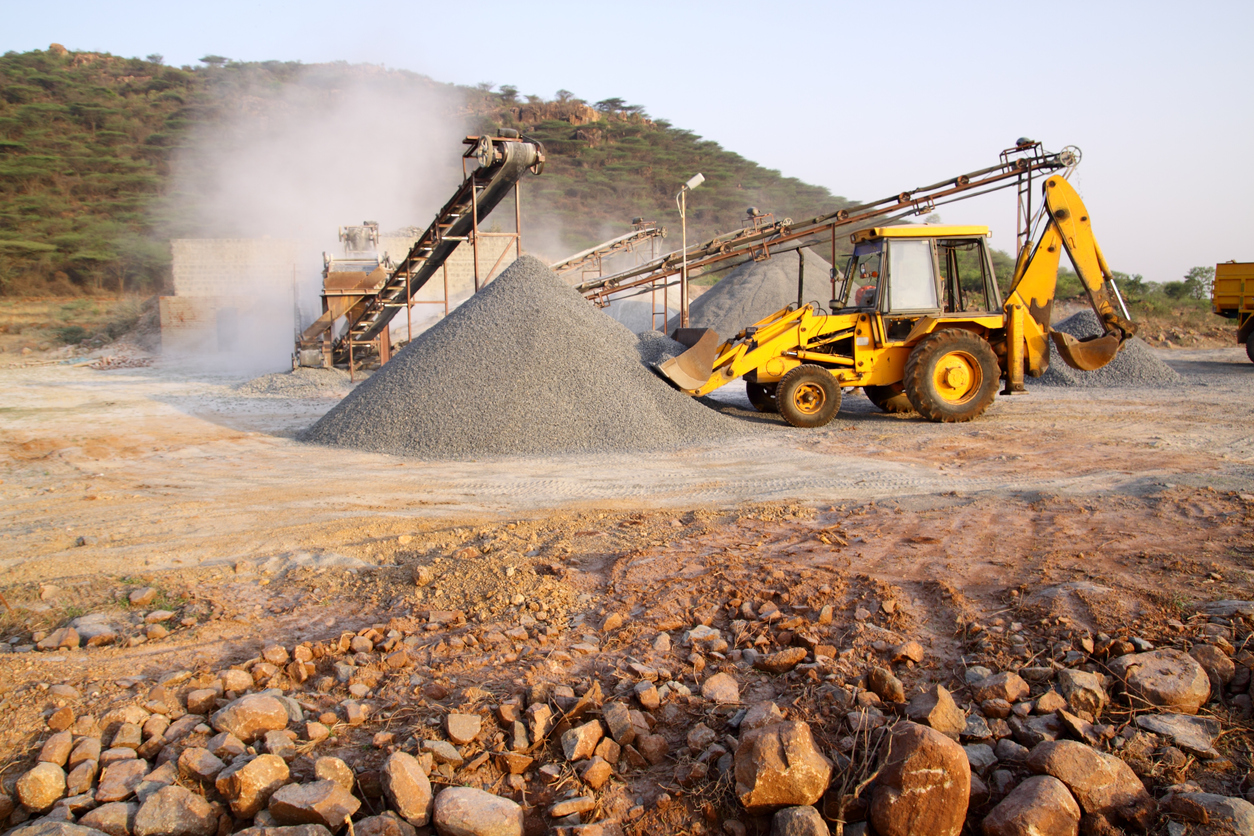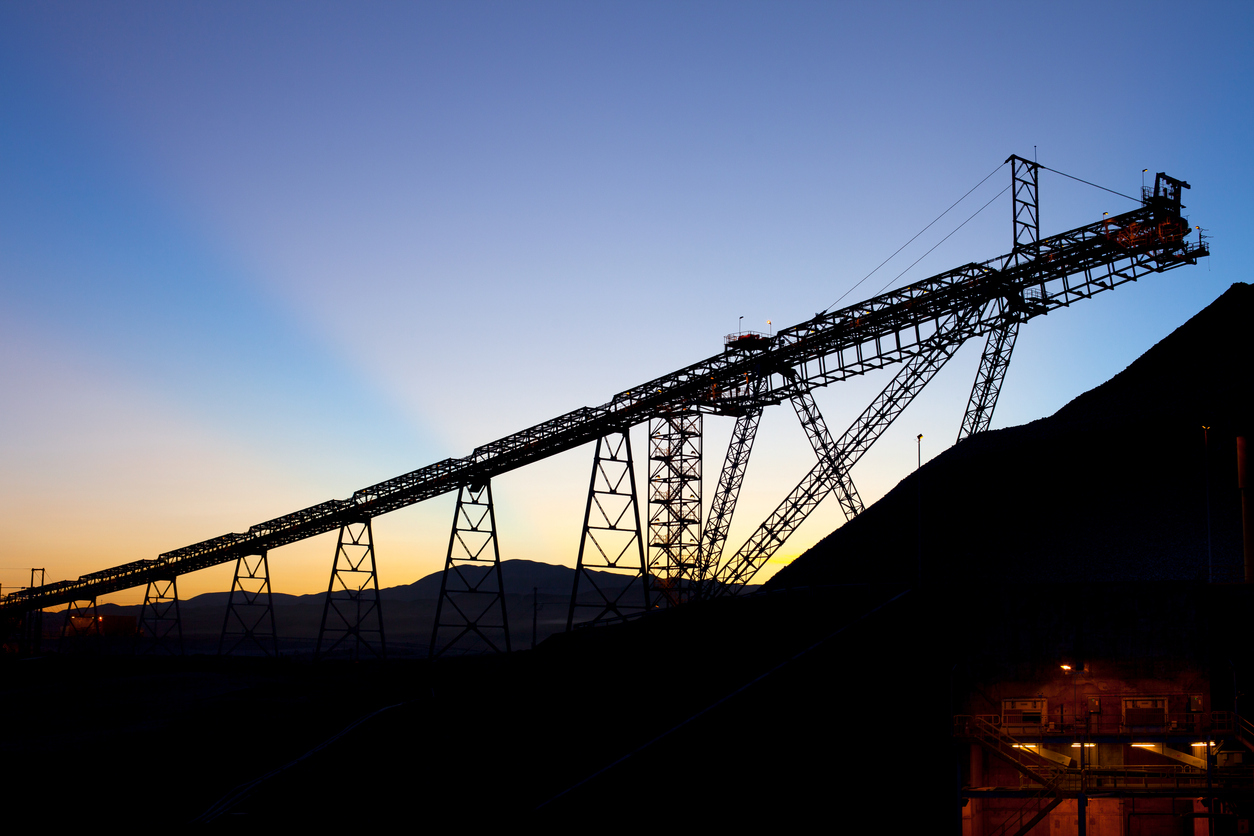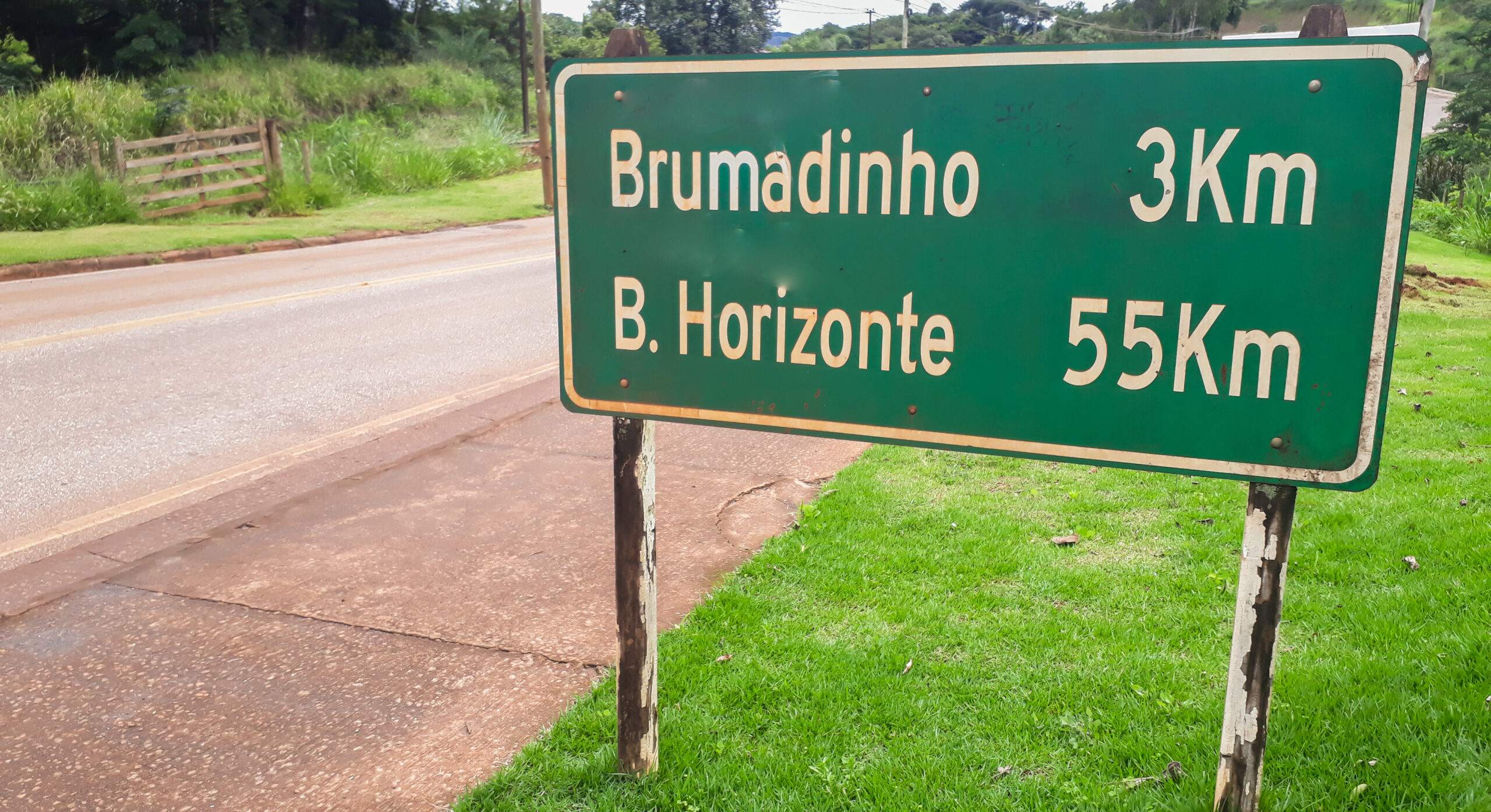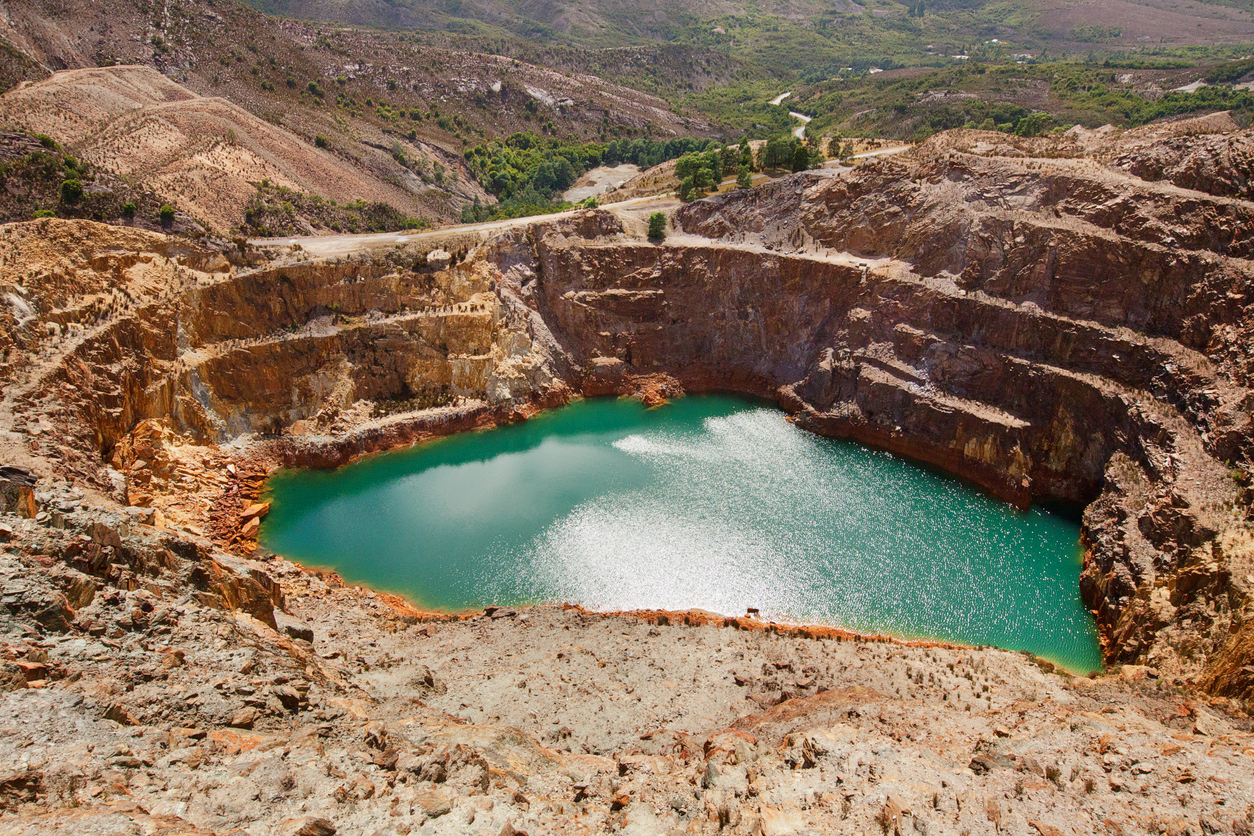With increased regulatory pressure and greater environmental impact awareness and understanding, rehabilitation has become a crucial aspect of the success of any operation. Land rehabilitation is also an important part of the lifecycle as it enables safe, productive future uses after mining ceases. Rehabilitation meets legal and regulatory requirements for mining companies to minimise their environmental footprint. Overall, land rehabilitation is essential to restore mined areas to agreed-upon sustainable ecological, economic, and social conditions.
Reasons for Land Rehabilitation
According to the Federal Department of Industry, Innovation and Science, four key factors make up the business case for rehabilitation.
1. Project Approval
In recent years, mining companies have faced increased scrutiny of their environmental and social performance. Stakeholders like governments, local communities, and environmental groups now expect strong commitments to sustainability and responsible land stewardship. Mine rehabilitation has emerged as a key indicator that regulators and communities look at when considering new mining projects.
Mining companies need to demonstrate their commitment to land-use stewardship, stakeholder and community relations and sustainability to gain access to land. Mine rehabilitation efforts are now seen as a key performance indicator and competitive advantage. According to the Federal Department of Industry, Innovation and Science, four key factors make up the business case for rehabilitation.
Companies that develop comprehensive rehabilitation and closure plans are better positioned to gain approvals and social licence to operate. Detailed costing and planning for progressive rehabilitation during mining, not just at closure, is expected. Failure to properly consider and commit to mine rehabilitation and land-use stewardship can reduce the likelihood of receiving approvals or development opportunities altogether.
2. Compliance Risk
Mine rehabilitation has become a key compliance issue that mining companies must manage responsibly. Companies failing to meet regulatory requirements and community expectations run the risk of increased scrutiny, additional restrictions and higher compliance and legal costs. One of the greatest compliance risks is a company losing its social license to operate – the acceptance of a company’s business practices and operating procedures by its employees, stakeholders and the general public. Without a social license, a company’s ability to access resources and operate efficiently faces severe limitations.
Lack of proper rehabilitation planning is now a red flag for regulators assessing proposals. It can lead to more stringent approval conditions, increased bonding for closure activities, and expanded rehabilitation obligations. During mining, poor rehabilitation performance can trigger fines, suspension of activities, and intervention by regulators to protect communities and environments.
3. Financial Liability
Effective and early planning helps minimise rehabilitation liabilities in several ways. It allows for engagement with regulators to align on closure objectives and acceptable post-mining land uses. Companies can then collect quantitative baseline data and model rehabilitation tactics to meet targets cost-effectively. Ongoing qualitative monitoring further refines plans and cost estimates as mining proceeds. With quality data and modelling, rehabilitation provisions can be refined annually to match evolving obligations. Companies that take a reactive approach face major risks of cost escalations and lack of baseline data requires expensive assessments late in mining to understand liabilities.
4. Reputational Risk
A poor record of rehabilitation can lead to reputational damage with regulators and stakeholders. This can result in approval delays or rejection, more stringent permit conditions and the loss of a social license to operate. Companies with a positive reputation for rehabilitation, however, can utilise this advantage as a point of differentiation and may also see them become a development partner of choice with regulators and the community.
Given these reputational impacts, rehabilitation performance is now a priority for mining companies seeking to maintain growth opportunities. Where once it was an afterthought, progressive and responsible rehabilitation is now a point of differentiation and competitive strength in the mining industry.
K2fly Land Rehabilitation
Leading mining companies now see rehabilitation and long-term land stewardship as core business responsibilities. They actively engage communities on post-mining land use and sustainability goals. Companies that can demonstrate rehabilitation performance are better able to secure their social license and access new opportunities going forward. Mine rehabilitation has shifted from an afterthought to a central consideration in responsible and sustainable mining.
K2fly Land Rehabilitation enables your team to visualise rehabilitation efforts and tracking of stakeholder commitments to build trust, reduce overall costs and maintain your social license to operate. Delivering a central, online repository of key rehabilitation-related datasets to provide visibility of key closure metrics across varied data sources in one single location.




